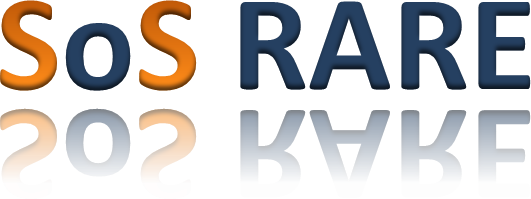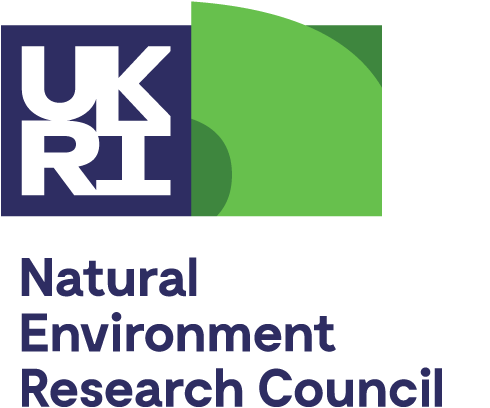SoS RARE year 2 project progress meeting in St Andrews
The second SoS RARE annual meeting was held in St Andrews, and kindly organised by the St Andrews SoS RARE team (Adrian Finch, Anouk Borst, Nicky Horsburgh), with help from Will Hutchinson of the EU project HiTechAlkCarb and Kathryn Roper of GeoBus. The meeting was spread over two days, with the first comprising updates from the work package leaders and contributors, while the second was spent mostly on outreach and a business meeting. Many of the consortium members also met up on the night before the meeting (May Day) to have a look around St Andrews and sample some of the local food and drink.
This year we welcome several new members to the project, including Joe Hufton and Aaron Finney. Both Joe and Aaron will be working at Sheffield. Joe is working with Maria Romero-Gonzalez to investigate different REE extraction techniques for ion-adsorption deposits. Aaron is working on computational simulation, including speciation of REE in aqueous solutions to help with the understanding of leaching processes. It was very enjoyable to meet and greet these new project members and we wish them well in their work. We also said farewell to Guillaume Estrade last year, who took on a faculty position at Toulouse. He was able to fly in for the meeting and we were all very pleased to say hello. In his place at Brighton, we welcome Peter Nason who, unfortunately, was not able to attend the meeting. More information on the research staff is available on the research staff page.
Bruce Yardley updated the group on the work to-date in Work Package 1. This was mostly centred around characterisation of hard-rock deposits with both Delia Cangelosi and Sam Broom-Fendley working on Namibian carbonatite-related REE mineralisation. David Banks has been busy developing in-situ characterisation techniques for the REE in solution, and has some work on the Browns Range, Australia, in press. In addition, Martin Smith presented some new XPS work on sulphur and HREE substituting into monazite, in collaboration with Sam Broom-Fendley.
Sergio Sanchez Segado presented an update on Work Package 3. He outlined new results on alkali roasting of the REE, taking place at Leeds. In addition, he outlined some of the experimental work he is developing with Andrew Abbot at Leicester, working with deep eutectic solvents. Nicky Horsburgh presented a poster on her PhD work on REE mineral luminescence and Anouk Borst presented really interesting synchrotron work being undertaken at Diamond, characterising the exact structural changes in eudialyte with different REE substitutions.
Kathryn Goodenough, Martin Smith, Barbara Palumbo-Roe and Megan Barnett presented a smorgasbord of new outcomes in a joint presentation from Work Package 2 and 4. Kathryn summarised fieldwork on ion-adsorption clay deposits in Madagascar, with Martin presenting leaching data and highlighting the important control of the geochemistry of the host rocks of these deposits. Megan and Barbara updated the rest of the group on extraction test-work from the Madagascan ion-adsorption deposits. The group was pleased to see Megan back and well following her accident in Madagascar last year.
John Harding gave an update on the computational simulation work being done at Leeds and Sheffield that serves all of the work. Frances Wall gave an update on Work Package 5 that will bring together the results of the other work packages next year, including convening an expert think tank. Rob Pell's PhD is attached to this work package and is producing some thought-provoking comparisons of the various different deposit types.
We were also treated to invited talks from Professor John Irvine (St Andrews, Chemistry), on the uses of REE in technology and David Merriman (Roskill Information Services) on the current state of the REE market, from mining through to manufacturing, as well as some predictions for the future. We were also joined by project collaborators Jana Nicolai from UIT and Jochen Petersen and PhD student Cody Burcher-Jones, from University of Cape Town, who gave updates on their work relating to leaching of REE.
After an entertaining evening of ceilidh dancing arranged by the St Andrews team, and requiring a special mention for Jochen Peterson from Cape Town who came complete in a kilt, the second day of the meeting resumed with equally enjoyable outreach activities arranged by the GeoBus team. Of most interest are the forthcoming REE deposit 'Top Trump' cards which were shown for the first time for testing. These should be going public in the months to come. The Geobus team, with help from various St Andrews undergraduates, had also prepared a series of fun earth-science related activities for us to adapt for schools, including watching crystals grow under the microscope and a geological mapping exercise. It was also a good excuse to look at the various REE-rich rock samples in the St Andrews collections.
During the business meeting, Eva Marquis (PhD student, Brighton) led a walk around St Andrews for the early career researchers to discuss organising a meeting for early career researchers working on the REE. It was perfect weather in St Andrews, and we thank the organisers for successfully arranging every aspect of the meeting.
Sam Broom-Fendley, May 2017










